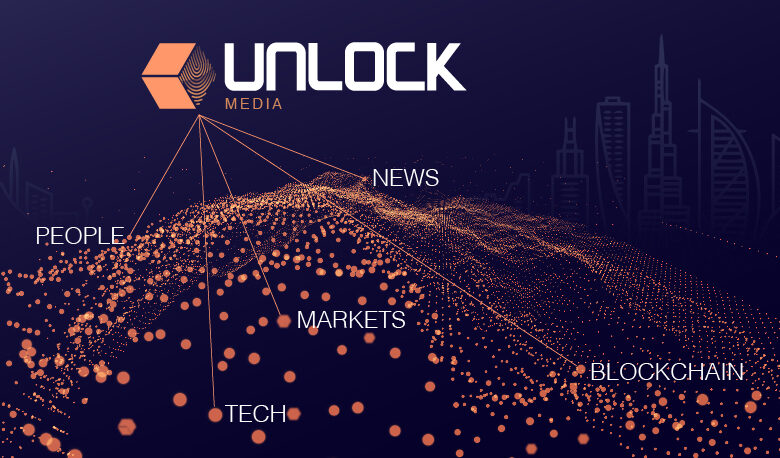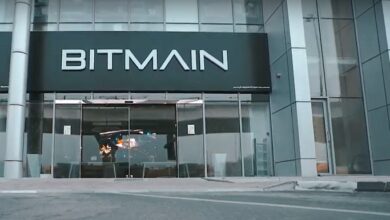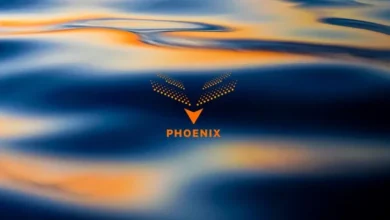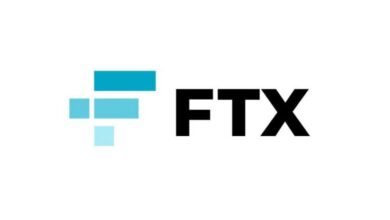Will EOS be the next Blockchain Operating System?

Block.one, the company behind the software of EOS Blockchain, wants it to be the Windows Operating System of Blockchain. In short EOS is what window was for the computer or what Google was for the internet. The system is designed to support commercial scale decentralized applications.
Block.one has received substantial investment and is managed by a team of well known and successful Blockchain entrepreneurs, technologists and blockchain veterans. Daniel Larimer CTO of Block.one is also the founder of Bitshare and Steem the two most successful Blockchain implementations. EOS will be his 4th public Blockchain platform. The current development team at Block.one consists of names such a Brendan Blumer CEO, Kokuei Guo Yuan President, Ian Grigg Partner, Brock Pierce partners, and others.
EOS is working to resolve the issue of scalability that is hindering the Blockchain from going mainstream. For example credit card networks today are able to process 20,000 transactions per second. Facebook can process 52,000 likes per second, while the financial industry processes 100,000 transactions per second. In comparison Bitcoin can only process 3 transactions per second because of the block size, and Ethereum is limited to 30 per second. So EOS hopes to resolve the scalability issue allowing developers to scale to millions of users.
According to Larimer “ If you look at the blockchain industry, everyone wants to build smart businesses, decentralized organizations, etc…, and in the process developers built decentralized computers from the ground up which can run their smart apps. In this process, all app developers have to solve many of the same problems: account systems, recovery processes, multi-sig, manage challenges, and what they’re missing is the operating system, which could provide all the common features that every application depends upon, allowing applications to focus on what makes them different.”
Larimar explains further, “EOS provides parallel processing of smart contracts through horizontal scalability, asynchronous communication, and interoperability. It will provide databases, account permissions, scheduling, authentication, and internet-application communication. For example, both Bitshares and Steem can be run on EOS in parallel, and because of the asynchronous communication, additional nodes and entire clusters can be thrown behind the processing of transactions to scale up to any transaction volume you want.”
So what makes EOS different? First it claims to be scalable as it can support 1000 of commercial scale DAPPs through parallel execution and asynchronous communications. As Larimar stated, “ EOS puts the source code on the blockchain so that it is human readable what the contract says, and everyone can see it and developers can optimize it and compile on different machines, all without breaking consensus. It also eliminates gas to eliminate the extra operations that are required to count the important operations.”
It also claims to be flexible because EOS will use delegated proof-of-stake. So if an app is broken or fails, elected block producers can freeze the application until a bug can be fixed and then update the code. Dan adds, ‘ EOS is also flexible in the sense that you only have to run the applications that you need. If you are running an exchange, you don’t have to run the social media apps, and you can configure your local node to process only the data you care about. Not every node needs to run and maintain the full state of the blockchain. EOS also publishes source code, not assembly, and provides generalized role-based permissions.”
In addition EOS claims to be usable. EOS will include a web toolkit for interface development, self-describing interfaces (data that goes on the blockchain can be read by humans but is also compressed), self-describing database schemas, and a declarative permission scheme. This allows a fine-grained level of permissions in which you can easily delegate specific account permission to other accounts.
Finally in terms of governance EOS is using Delegated proof-of-stake through elected block producers. A legally binding constitution (think decentralized peer-to-peer terms of service) establishes a common jurisdiction for disputes and dispute resolution. EOS will also include self-funded community benefit apps that are selected through stake-weighted voting. Every account will have to sign the constitution. One idea is that every transaction may include the hash of the current state of the constitution. The constitution itself is something that can be modified and evolve, and captures the intent of what the blockchain is trying to express and guides the way when trying to resolve disputes. Signing the constitution expires if you do not use the platform just like other apps updating their terms of service.
Pursuant to EOS, block producers are elected by token holders but unlike other platforms, the EOS’ governance model enables users to hold block producers in check if they produce empty blocks or otherwise act in ways that harm the network. The incentives of the block producers are aligned with the incentives of the users, unlike other proof of work platforms where those in control of the network are different than those who hold the tokens.
According to Dan, EOS is designed to be run in dozens of datacenters around the globe which opens up far more opportunities for decentralization at scale. This may place a barrier to entry to those who want to be paid as block producers, but ultimately there are far more viable datacenters than there are viable mining data centers. Mining profitability is very sensitive to electricity rates and ultimately also requires large data centers to scale transaction volume.
Dima Starodubcev, Fund Manager at Satoshi Fund in a recent report stated, “ Personally, I am glad that Dan Larimer, one of the brightest brains in the blockchain industry, after several quite successful experiments, moved forward to develop a full-fledged platform for smart contracts. We shall not only follow this project with great interest, but also do our best to facilitate its adaptation by DApp developers. Especially since it will be absolutely feasible because EOS, instead of using a specific virtual machine and programming language, is using a much more universal technology called WebAssembly that will probably lay the foundation for the entire web.





